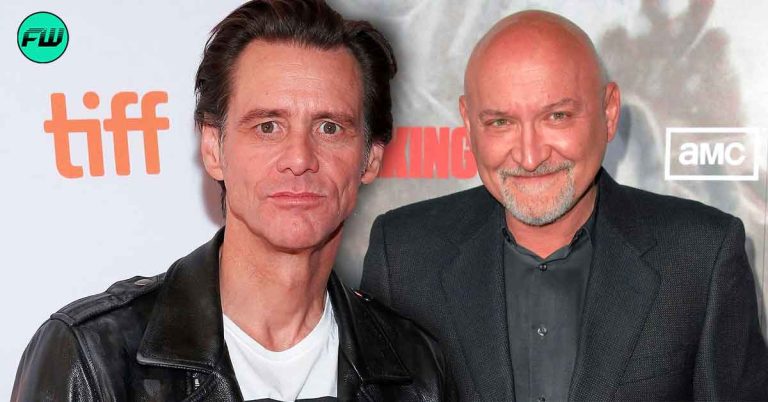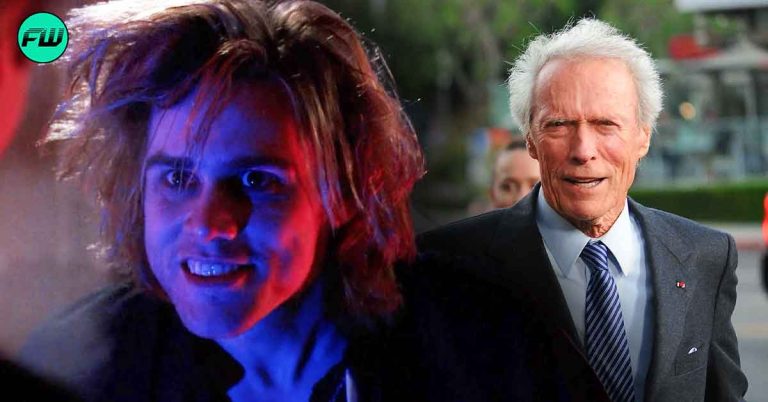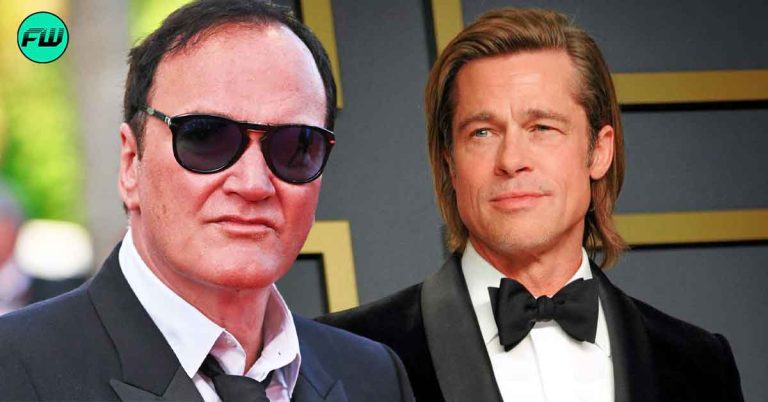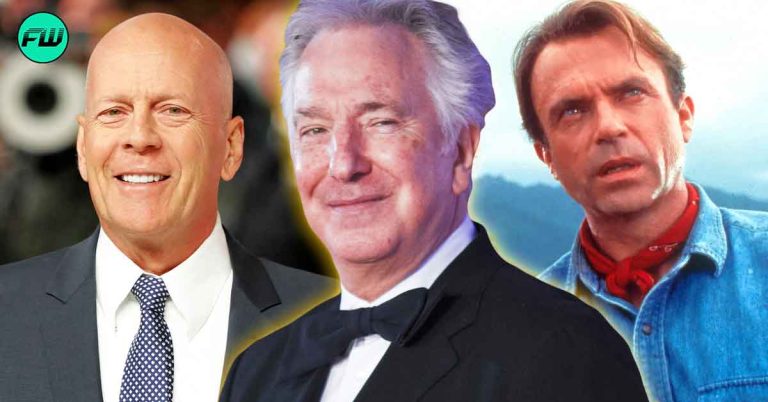Steven Spielberg has changed history with his vision and ambition. But those qualities are not enough to make a person as skilled as him to survive and be sustainable in a cut-throat world without factoring in relevance and an ability to adapt to cultural shifts faster than the rest of the world. Staying ahead of the curve has always worked out in favor of visionary filmmakers, artists, and creatives and Spielberg luckily is all three packed into one explosive brain.
Not to anyone’s surprise, the Indiana Jones director then predicted a certain “implosion” in Hollywood that would rock the industry’s very foundation to the core, making it an imperative task to change course and employ some corrective measures for its survival. This existential threat to Hollywood and the theatrical business is here and people are intent on proving Spielberg wrong.

Steven Spielberg Declares an Existential Threat on Hollywood
The Hollywood Implosion theory of Steven Spielberg was first presented by the director in 2013 at a lecture during the opening of the then-new Interactive Media Building, a part of the USC School of Cinematic Arts at the University of Southern California. Present alongside his ever-loyal sidekick, the Star Wars Universe creator, George Lucas, Spielberg had confidently predicted a phenomenon that would most likely take place in the near future and involved a series of critical failures involving big-budget movies.
“That’s the big danger, and there’s eventually going to be an implosion — or a big meltdown. There’s going to be an implosion where three or four or maybe even a half-dozen megabudget movies are going to go crashing into the ground, and that’s going to change the paradigm.”
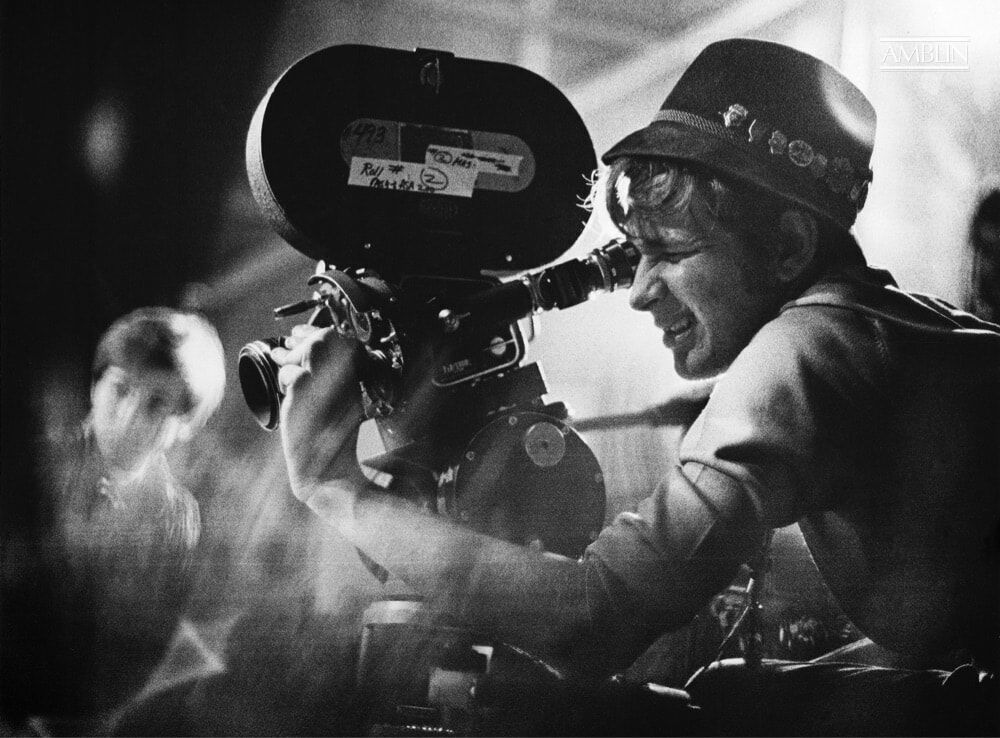
The danger and the paradigm that Spielberg posited as the catalyst for this meltdown referred to the state of upheaval in the industry where proven veteran talents, as well as young filmmakers with new and fresh ideas, were both finding it extraordinarily difficult to get their films into a theatre. The mass exodus toward direct-to-video or streaming was already imminent and Spielberg claimed, “You’re gonna have to pay $25 for the next Iron Man, you’re probably only going to have to pay $7 to see Lincoln.”
He was not wrong about the moviegoing experience being under threat. He was also not wrong about the successive crash of megabudget movies. Spielberg especially hit the bullseye with his prediction about films shifting away from theatres and going for a more direct, televised approach.
Fans in Uproar as Steven Spielberg’s Prediction Hits a Nerve
Since the era of burning witches at the stake has come and gone, great ideas that are ahead of their time or dangerous and unsavory predictions about the future are almost always laughed at and dismissed by the modern-day audience. At the time of Steven Spielberg’s implosion theory, the crowd wasn’t too worried about the doom-and-gloom nature of his dilemma since it was more of a futuristic phenomenon than one that could happen in our very lifetimes.
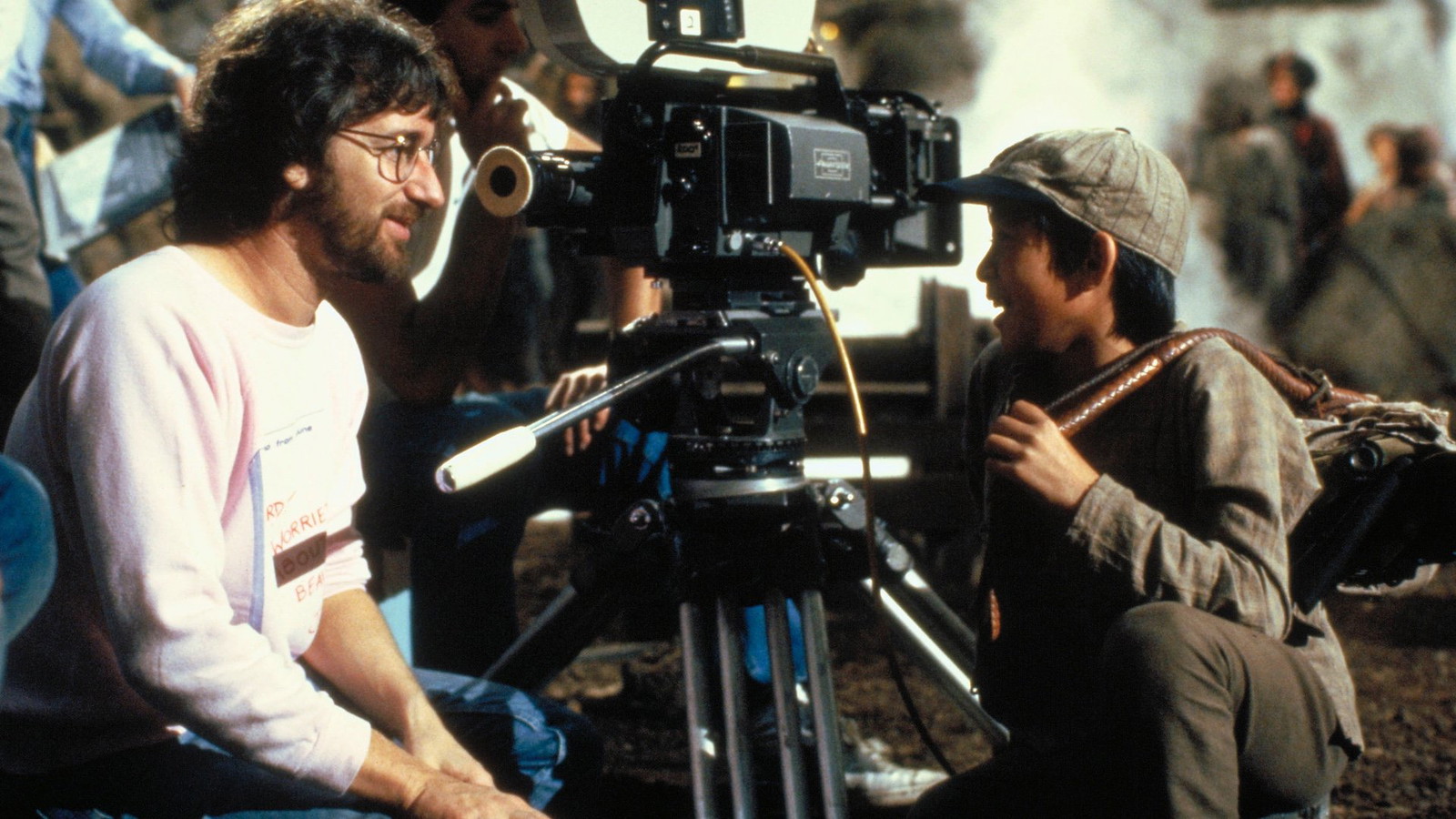
Now that the global pandemic, an AI insurgence, and a boom in the streaming industry have accelerated the whole process, the people have banded together to prove there is still some hope left for the theatrical distribution business and its tragic love-hate story with big-budget films. And the way to approach it is by discrediting his implosion theory by negating the director’s intentions.
Despite the predictions, theories, and antithesis that have taken over the internet, the danger remains very real and very urgent to the state of the theatrical distribution business. As George Lucas further claimed, “The pathway to get into theaters is really getting smaller and smaller,” one only needs to look as far as the adulation surrounding Tom Cruise’s Top Gun: Maverick that the people are crediting with reviving the moviegoing experience.
Moreover, as the WGA and SAG-AFTRA launch on a historical melée of strikes, picketing, and negotiations with the AMPTP, Hollywood comes to a screeching halt and is forced to take a hard look at the issues that concern the well-being, sustainability, and endurance of the industry going into the future.
Source: The Hollywood Reporter

